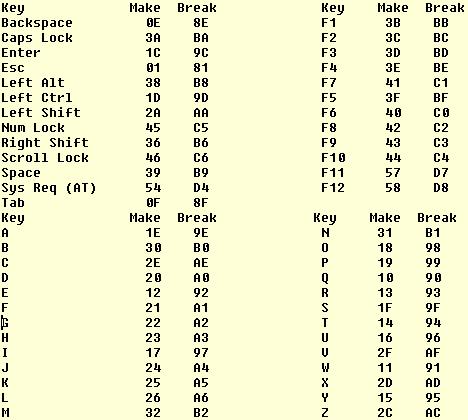How to simulate keybard input to a remote desktop session?
i'm trying to send fake keyboard input to an application that's running in a Remote Desktop session. i'm using:
Byte key = Ord("A");
keybd_event(key, 0, 0, 0); // key goes down
keybd_event(key, 0, KEYEVENTF_KEYUP, 0); // key goes up
Now this code does send the character "a" to any local window, but it will not send to the remote desktop window.
What that means is i use Remote Desktop to connect to a server, and i then open Notepad on that server. If i manually punch keys on the keyboard: they appear in Notepad's editor window. But keybd_event's fake keyboard input not causing "a"'s to appear in Notepad.
How can i programtically send fake keyboard input to an application running inside a remote desktop connection, from an application running on the local machine?
Nitpickers Corner
In this particular case i want to do this becase i'm trying to defeat an idle-timeout. But i could just as well be trying to
- perform UI automation tests
- UI stress tests
- UI fault finding tests
- UI unit tests
- UI data input tests
- UI paint tests
- or UI resiliance tests.
In other words, my reasons for wanting it aren't important
Note: The timeout may be from remote desktop inactivity, or perhaps not. i don't know, and it doesn't affect my question.
Answer
Answer
Although Microsft says you don't need to, and you should not, send the OEM code, you need to send the OEM scan codes. In this example i need to send the OEM scan codes for
- key A goes down
- key A goes up
There is a picture of a chart on CodeProject that lists the make and break scan codes for various keys:

In my case the original calls to keybd_event need to be changed to:
Byte key = Ord("A");
keybd_event(key, 0x1E, 0, 0); // key goes down
keybd_event(key, 0x9E, KEYEVENTF_KEYUP, 0); // key goes up
i tested this, and it works. So all is well.